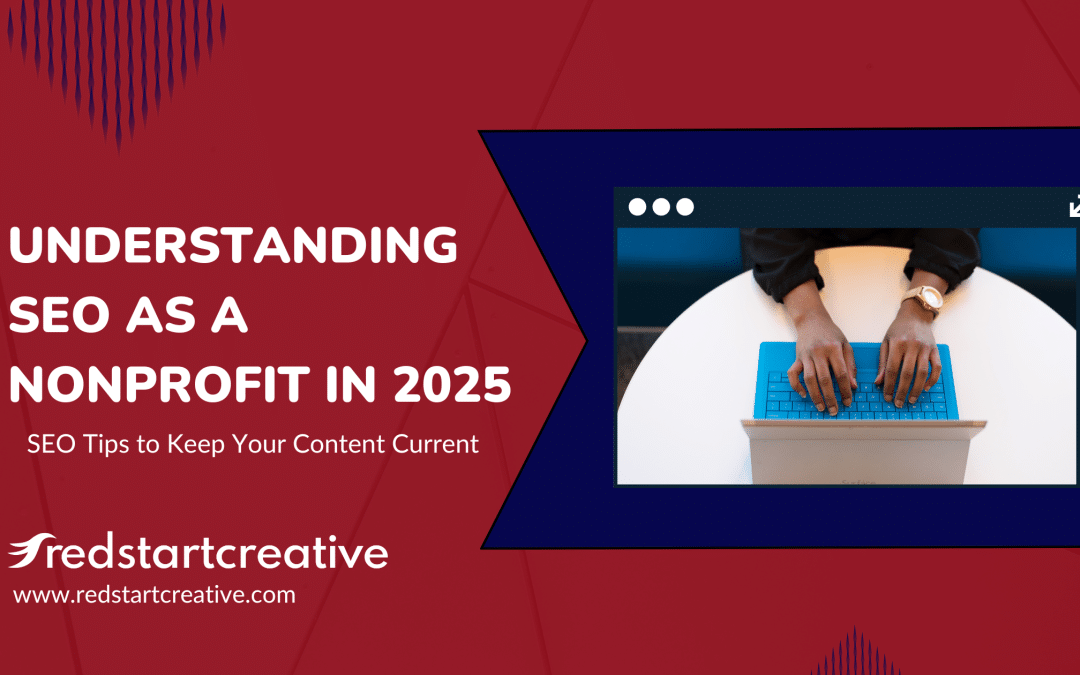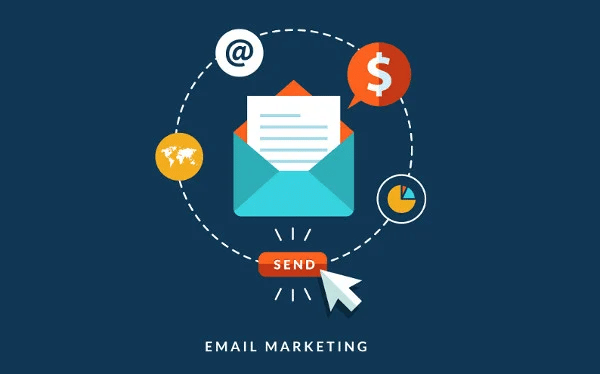Ann Quinn, CEO, Quinn Strategy Group
I do a lot of work with boards of directors to build capacity, focus and engagement. This work falls under the rather nebulous category of board development and is critical for creating a high-performing board.
However, it’s hard work to get a group of volunteers and independent directors on the same page with each bringing enough knowledge to help the organization but without overstepping their role.
Many boards get aspects of board development right. For example, some are good at setting and understanding the strategy and moving the organization along, while others are good at recruiting great new members or tapping board members’ skills or keeping members engaged.
My experience shows that boards must do ALL these things well to be truly effective at board development. So, where do you start?
Here are my 5 hacks for developing a high-performing board – take action on one or more of them and you’ll be on your way to more effective board development:
Make Time to Set Strategy
The board has a key responsibility in setting direction for the organization. Make sure you carve out time to do this in a challenging and thorough way.
This important task shouldn’t be relegated to the management team and probably can’t be done during a regular board meeting. So, carve out the time required and do the preparatory legwork to get the whole board involved in setting strategy for the organization.
The strategy will drive the goals that will be used to measure the organization and management team, as well as drive the types of discussions the board will have over the year.
If you haven’t set a strategy, I would argue you aren’t doing a good job governing your board.
Conduct a Board Assessment
The board needs to conduct regular self-assessments of its work and performance. I recommend hiring an outside consultant to bring best practices, objectivity and an outside perspective to ensure that the assessment is confidential, candid and detailed.
The assessment is important because it provides feedback to the board on strengths, weaknesses and areas for improvement. If you aren’t evaluating board performance on a regular basis, the board can too easily become stagnate and less effective.
Map Skills & Capabilities
Once you know where you’re going and how the board functions, you’re in a great place to look at your skills, expertise and capabilities.
Decide what skills and capabilities the organization needs to succeed in the future and then map the current board members’ skills to those attributes. This will highlight strengths, as well as gaps in skills that are needed.
The composition of your board will change over time as strategy and the external environment changes. This is an indicator of a healthy board – a board that understands how to reflect the expertise and skills needed to support leadership in achieving organizational goals.
Cultivate, Recruit & Orient
Too often boards only think about recruiting board members once every year with the goal of finding the perfect new board member.
However, perfect board members aren’t just sitting out there waiting to be found. They need to be purposefully cultivated over time and given many opportunities to learn about the organization and interact with board members.
Once they are recruited, they also need to be oriented so that they know how the board operates and have a baseline of information about the organization, its operations and industry.
Make Engagement More Engaging
Board engagement is enabled by the governance structures of the board – committees, board officers and bylaws. But that doesn’t mean board members will stay engaged.
The best way to sustain engagement is to work with each board member individually to define the contribution they will make and ensure it’s appealing and relevant to them.
A personal and candid discussion with each member will ensure interests are aligned and is the true starting point for authentic ongoing engagement.



